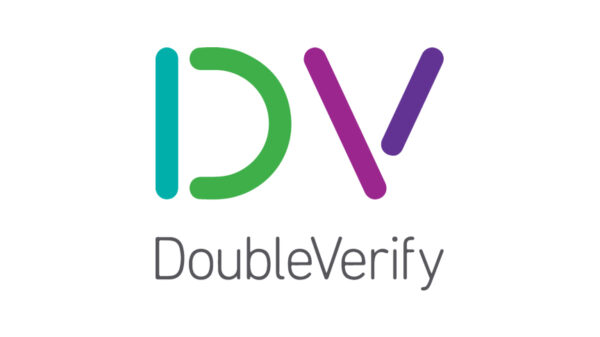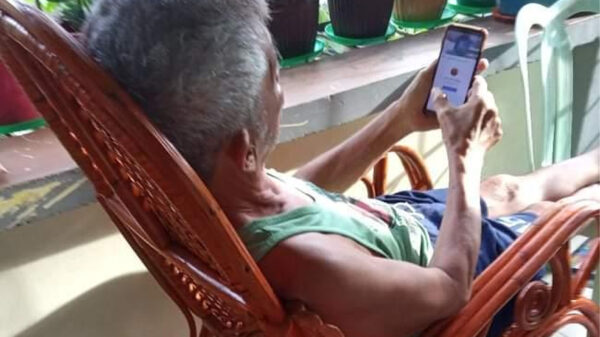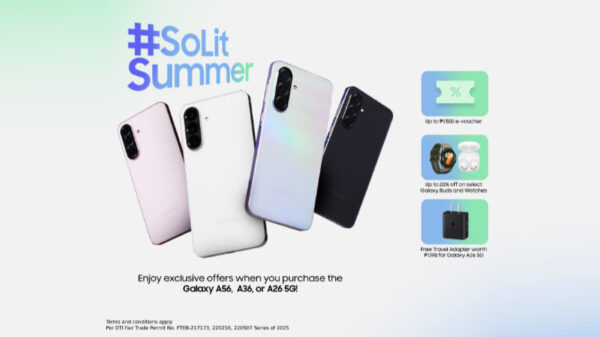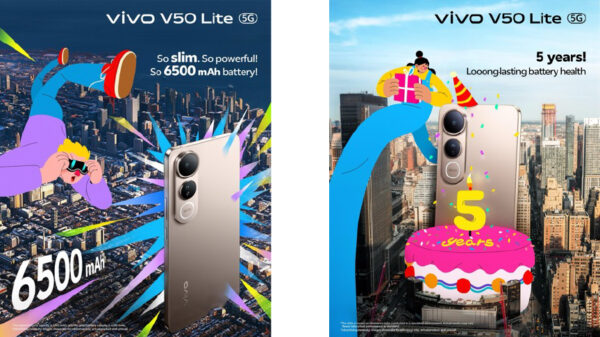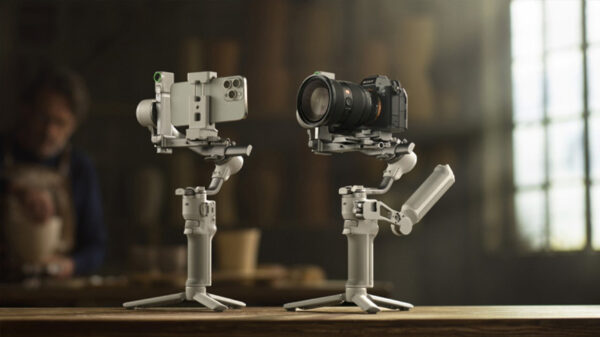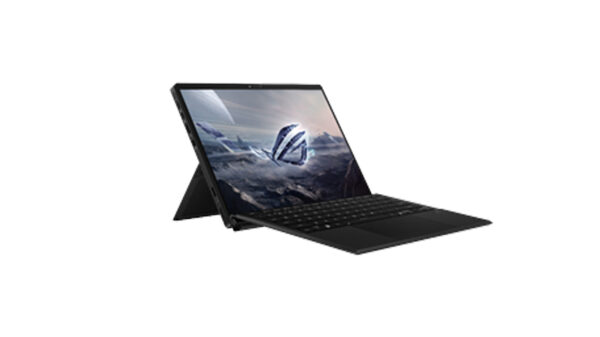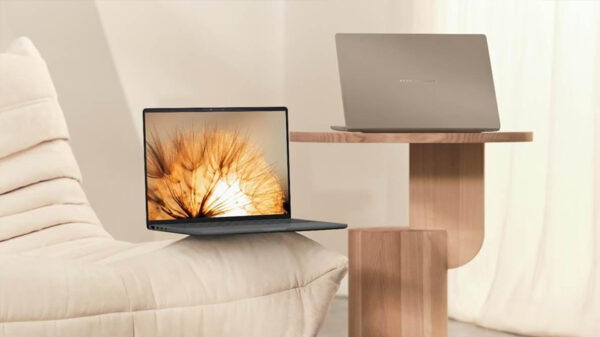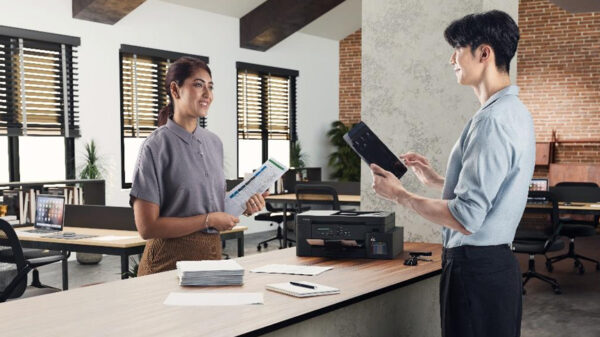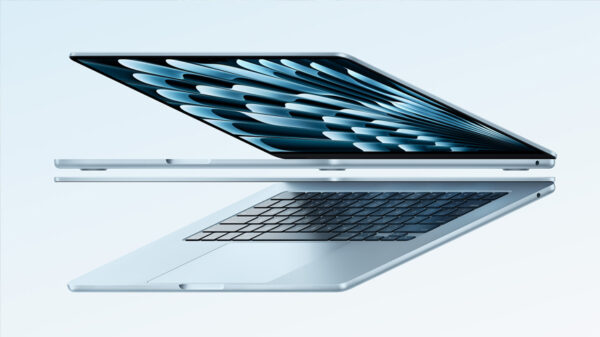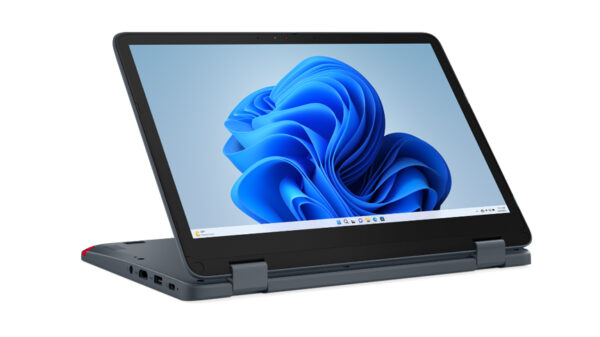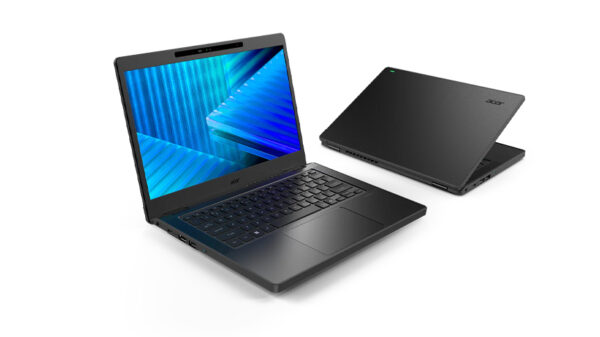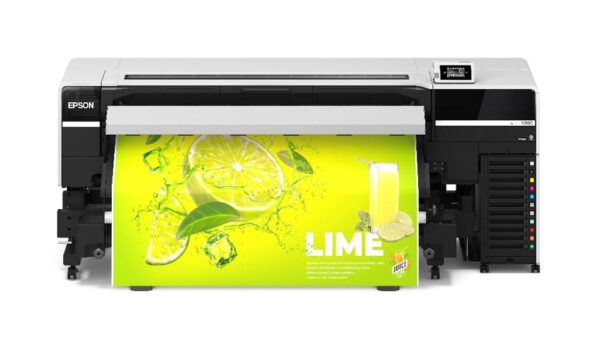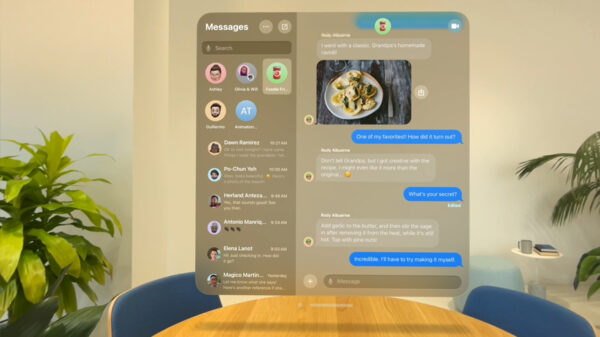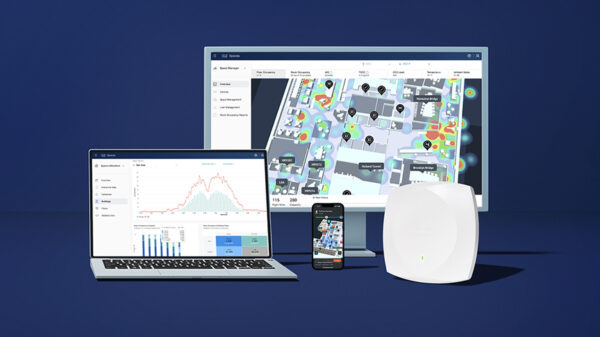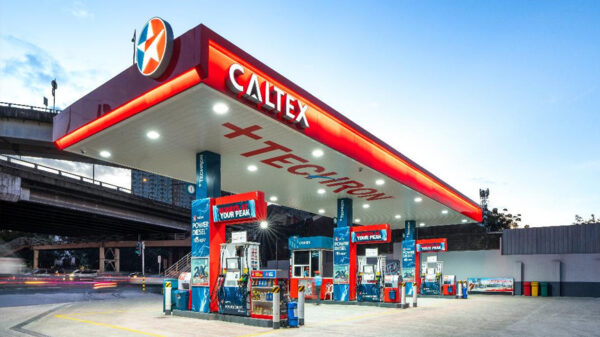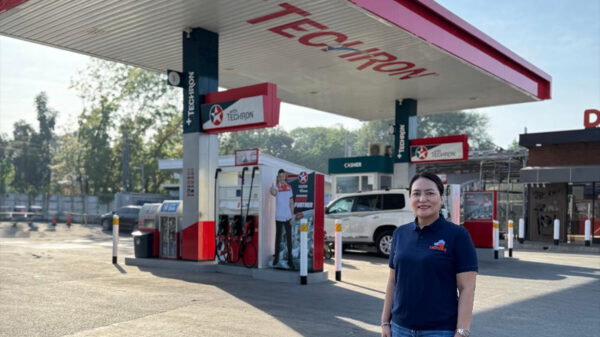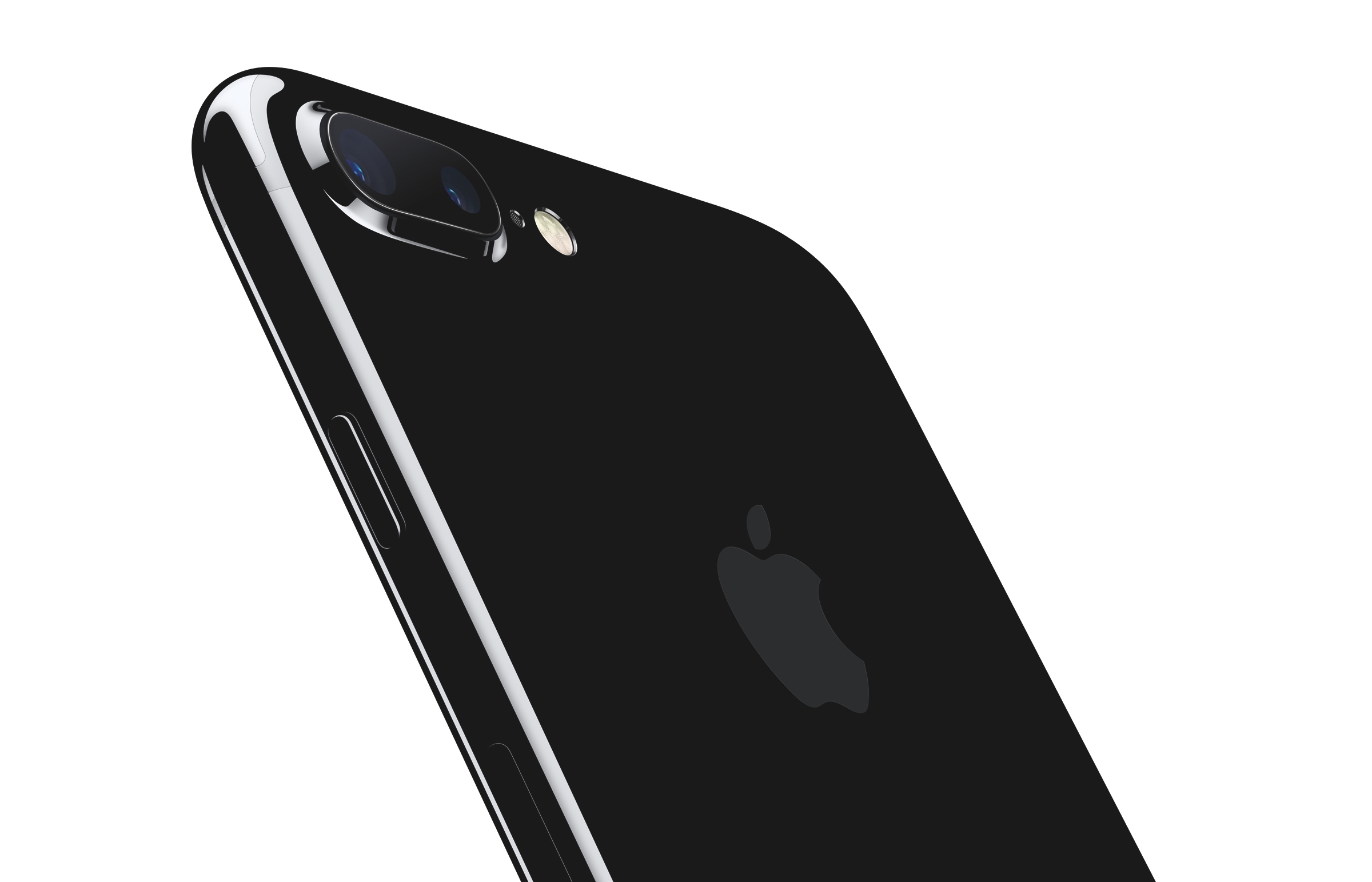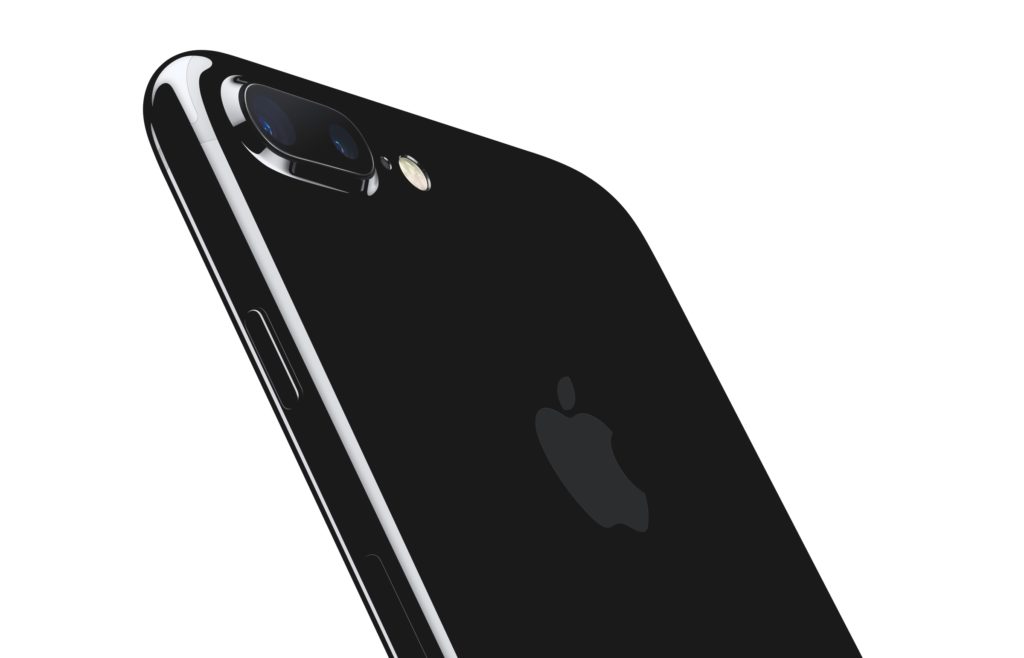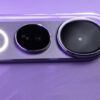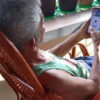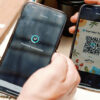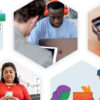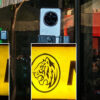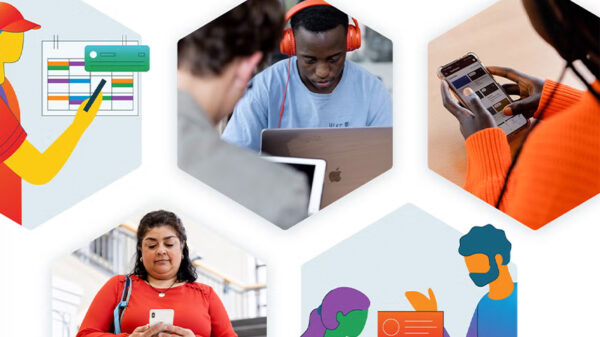The struggle is real. In an increasingly connected world where news, retail shopping, banking and entertainment are available 24/7 on a variety of mobile devices, fear of missing out (FOMO) is a legitimate phenomenon. According to the new Nielsen Mobile Shopping, Banking and Payment Report, released today, 53% of global consumers say they feel anxious when their mobile devices are not close at hand. Two-thirds (56%) can’t imagine life without mobile devices, and 70% say their mobile device makes their life better. Two-thirds of global respondents (66%) agree that face-to-face interactions are being replaced with electronic ones, but that might not be a problem as almost half (47%) say they prefer texting to talking anyway.
While mobile has transformed the way we communicate and stay connected with each other, it has also revolutionized the world of retail and banking as it is providing financial inclusion to the estimated 2 billion “unbanked” consumers around the world. Growth in access to cashless payments is estimated to lead to $10 trillion in additional consumer spending over the next decade, according to a new report by The Demand Institute, jointly operated by Nielsen and The Conference Board.
“Mobile commerce has enormous implications for the entire retail ecosystem,” said Stuart Tagg, financial services leader, Nielsen Europe. “Mobile devices are not only bringing new consumers into the modern, connected economy, but they are enabling a more customized experience, as products and services can be more closely tailored to behaviors, needs and preferences. But driving higher adoption and usage starts with a deep understanding of how consumers are shopping and transacting in a digital world and then use that understanding to design strategies around their habits and preferences.”
Key findings of the Nielsen Mobile Shopping, Banking and Payment Report:
The Nielsen Mobile Shopping, Banking and Payment Survey was conducted March 1–23, 2016, and polled more than 30,000 online respondents in 63 countries throughout Asia-Pacific, Europe, Latin America, the Middle East/Africa and North America to understand how mobile devices are influencing three distinct yet interconnected activities: shopping, banking and payments. Nielsen examined the kinds of mobile shopping, banking and payment activities respondents are currently engaged in and their likelihood to participate in the future. The sample includes internet users who agreed to participate in this survey and has quotas based on age and sex for each country. It is weighted to be representative of internet consumers by country. Because the sample is based on those who agreed to participate, no estimates of theoretical sampling error can be calculated. However, a probability sample of equivalent size would have a margin of error of ±0.6% at the global level. This Nielsen survey is based only on the behavior of respondents with online access. Internet penetration rates vary by country. Nielsen uses a minimum reporting standard of 60% internet penetration or an online population of 10 million for survey inclusion.

